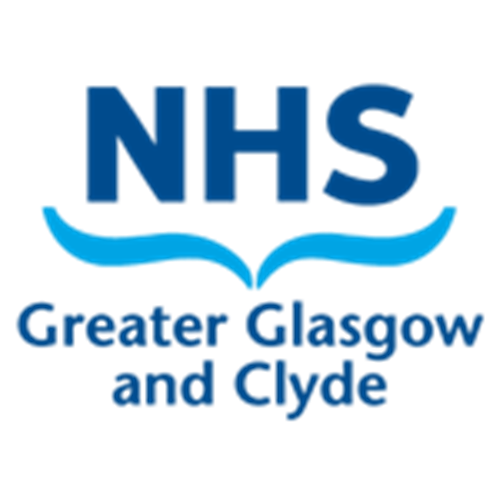Blood Products
Focus of infection
The focus of infection may need surgical evacuation, drainage or excision of necrotic tissue, e.g. uterine evacuation or breast, wound or pelvic abscess drainage
If either the woman or the baby is infected with invasive Group A streptococcus (iGAS) disease in the postpartum period, both should be treated with antibiotics and full infection control precautions adopted, including barrier nursing as per local guidelines.2
Thromboprophylaxsis
During and after pregnancy it should be noted that current systemic infection is an important risk factor for venous thromboembolism and should prompt reassessment for the correct thromboprophylaxis according to current guidelines
- Low molecular weight heparin2
- Prophylactic dose based on most recent weight
- Once platelet count reviewed
The Fetus
- Ensure a CTG is completed at point of sepsis diagnosis for all antenatal women ≥ 26+0 weeks. Duration and frequency of monitoring should be included in management plan. Please refer to GGC Antenatal Fetal Monitoring, Inpatients (641) and Fetal monitoring in labour - National Institute for Health and Care Excellence (NICE) (1143) for further guidance.
- The decision regarding timing and mode of delivery will be made by a consultant obstetrician.
- During the intrapartum period continuous electronic fetal monitoring should be employed in gestations from 26+0 weeks. Below this gestation, discuss fetal monitoring with the Consultant Obstetrician.
- Caution is required when considering fetal blood sampling 2
- If delivery is required the choice of anaesthesia will be made after discussion with a Consultant Anaesthetist.
- The paediatric team must be informed of any neonate born to a mother with suspected sepsis
- Babies of women treated for sepsis during labour or in the 24 hours before or after birth require assessment for risk factors and clinical indicators for infection.
- The neonatal team must be informed of all positive maternal blood culture results regardless of when they are resulted and even if the baby has received treatment. If the baby is still an inpatient, the on-call neonatal team should be informed at the time of receiving result to allow review of the current treatment plan.
- Ensure that if maternal HSV infection is suspected, the neonatal team are informed as soon as possible.
Multidisciplinary Team
- Consultant Obstetrician
- Consultant Anaesthetist
- Intensive care specialists
- Microbiology
- Haematology
- Appropriate specific specialty (e.g. Surgical, renal etc.)
- Pharmacy
Indications for Referral to ITU2
Senior clinicians (obstetricians and obstetric anaesthetists) and a senior midwife should be directly involved in the decision to escalate care within one hour of any deterioration.
Expert multidisciplinary advice should be sought urgently at a senior level when sepsis is suspected and not responding to initial management.
There should be an urgent referral to the critical care team in severe or rapidly deteriorating case of sepsis where the facilities/skills to care for a woman are not available on the maternity unit.
Early consultation with an infection specialist (medical microbiologist or infectious disease clinician) is recommended to optimise microbiological diagnostic investigations and appropriate usage of antimicrobials. The decision to transfer a woman to the adult intensive care unit should be made by senior clinicians (obstetricians/anaesthetists). As soon as the need for an enhanced level of care/critical care is recognised that level of care should be provided, regardless of the setting. 2
Indications for critical care input:
- Cardiovascular – Hypotension (< 90mmHg systolic) or raised serum lactate (>4mmol/l) persisting despite fluid resuscitation, suggesting the need for vasopressor and/or inotrope support
- Respiratory - Pulmonary oedema/ Mechanical ventilation/ Airway protection
- Renal - Renal dialysis
- Neurological - Significantly decreased conscious level
- Miscellaneous - Multi-organ failure/ Uncorrected acidosis/ Hypothermia
Once referral for ITU care has been made, the women should continue receiving at least level 2 care until transferred out of the Obstetric HDU. This includes maintaining CVP ≥ 8 mmHg, MAP >65mmHg (used in discussion with anaesthetics) and monitoring of appropriate bloods.
There is no place in this guideline for the use of high dose corticosteroids or recombinant human activated protein C

